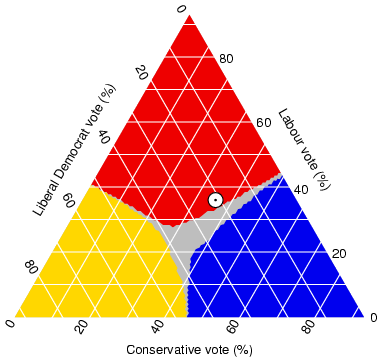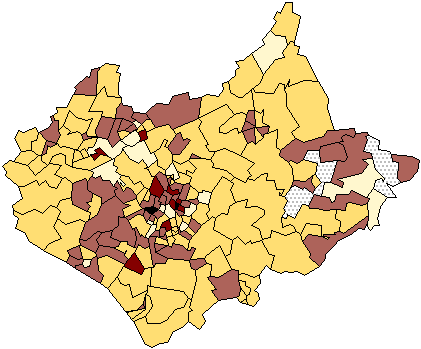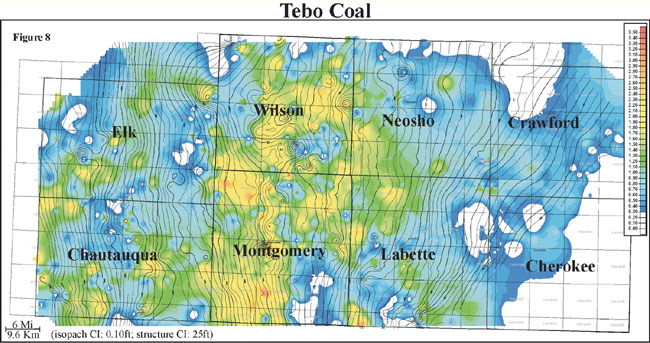
Above are Star plots of 1979 Automobile analysis.
PLEASE MAKE SURE TO CLICK THE TEXT LINK OF EACH MAP TO VIEW THE ORIGINAL MAP URL OR CLICKING EACH MAP WILL ALSO REVEAL THE URL. THIS WILL ALLOW TO VIEW THE BEST RESOLUTION.











 An example of Isotachs over the western United States.
An example of Isotachs over the western United States.